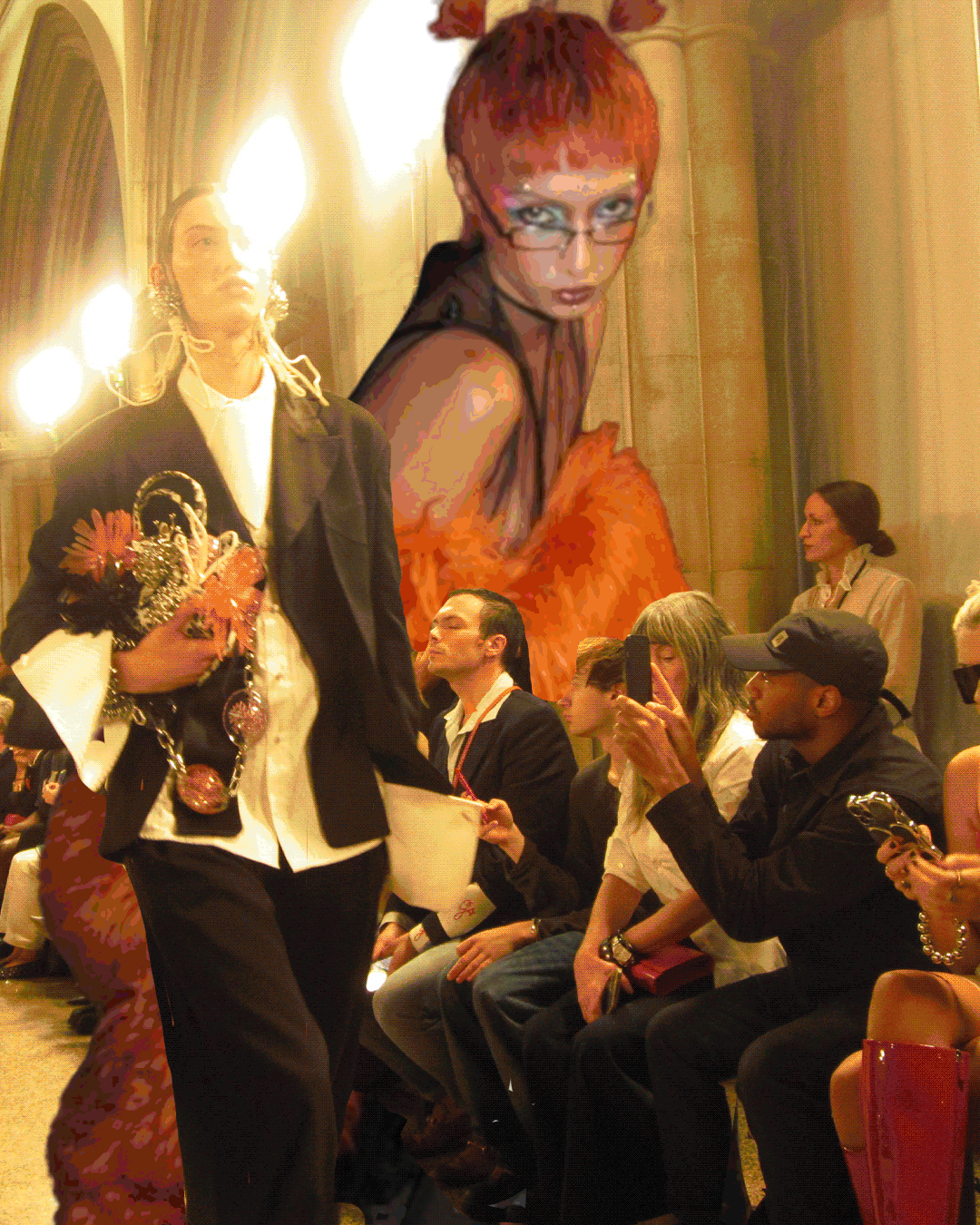Women’s business wear plays to its strongest suit
- Share via
A recent breakfast at the New York Athletic Club celebrating the charitable work of Dress for Success provided the perfect opportunity to glimpse a variety of women in their ideal professional attire. The guests that weekday morning represented a range of industries: media, entertainment, insurance and banking. Almost everyone was wearing a blazer. Some wore traditional pantsuits and others wore skirts with coordinating jackets.
At least on this day, everyone ignored the exhortations from designers in the major fashion capitals to wear a dress. Dresses might have been all over the runways, but they were not in this room. Even the morning’s main speaker, Cindi Leive, editor in chief of Glamour magazine, was wearing a gray and black tweed suit.
“To look professional and be taken seriously, you need to wear a jacket,” noted retail consultant Susan Rolontz of the Tobe Report. Rolontz made this comment not with a drumroll, but in the most nonchalant manner possible. How could anything other than a jacket epitomize power, confidence and authority? What a woman needs for her workday is a sharp jacket and a good handbag, says Rolontz, whose research focuses on the women’s designer market. (She is not talking about the attire of the junior assistant but rather the woman who is signing the checks.)
Her observations sound like something from the 1970s, when hordes of working women still believed that a boxy jacket, a mid-calf-length skirt and a blouse with a floppy scarf tie was the most reliable uniform for climbing the corporate ladder.
Women’s business attire has changed significantly since then, becoming more relaxed, more feminine and more flattering. And the nature of women’s relationships in the workplace has improved considerably in the past three decades. But a dress, it seems, still doesn’t exude enough authority.
This is surprising, because dresses have been selling. Nationally, dress sales are up by 7% from last year, rising from $974 million to more than $1 billion, according to the NPD Group, which tracks retail sales.
In the 1970s Diane von Furstenberg rose to prominence with her wrap dress. During her heyday, she famously advised: “Feel like a woman -- wear a dress.” The slogan repudiated the idea that bluejeans were either sexy or feminine. Von Furstenberg’s iconic jersey dresses offered a softer alternative to suits, but that was at a time when suits too often made women look like men. Her dresses had a resurgence in the 1990s as a generation of younger women discovered them, first in vintage stores, and then in specialty shops after Von Furstenberg revived her business. But while those dresses might be ideal for a dinner or luncheon, they are not favored by women looking to flash a little power.
Day dresses also had a brief period of popularity in the 1980s during the era of “Dynasty.” The big shoulders, big belts, big ruffles are best forgotten.
But for most of the ‘90s, designers shunned day dresses. They created party dresses, sundresses and expensive luncheon frocks. But the sort of dresses a working woman could afford and could wear to the office were practically nonexistent.
Over the past few seasons, however, dresses regained their fashion credibility and their popularity.
Yet it is difficult to recall an instance when one of the women of Capitol Hill appeared in public during the day wearing a dress -- or without a blazer. Members of the House of Representatives do not wear dresses. They wear suits. So do senators, lawyers and the secretary of State.
As a practical matter, a dress can be a difficult item of clothing to buy. It has to fit correctly through both the torso and the hips. It can be tricky to wear if a woman is sitting on a dais and wants to cross her legs. A pantsuit is safer when exiting a car or climbing a staircase in front of a phalanx of photographers.
Mostly, though, even if the dress is tweed, gray flannel or glen plaid, it doesn’t resonate like a suit, which makes an unequivocal statement of authority. It designates who’s in charge. It says listen to me and obey. It says give me your money and your votes.
A suit can be sexy and feminine, but both characteristics are inexorably linked to its power. A dress can exude confidence. But fundamentally, it’s an expression of femininity.
The fashion industry has been busy promoting the notion of a day dress as something to be worn to the office because it can be feminine, polished and easy. That may all be true. There are some offices, however, in which only a suit will do. And before a woman begins worrying about whether she looks ladylike and whether her morning routine is effortless, she wants to make sure that her authority is clear.
More to Read
Sign up for Essential California
The most important California stories and recommendations in your inbox every morning.
You may occasionally receive promotional content from the Los Angeles Times.













